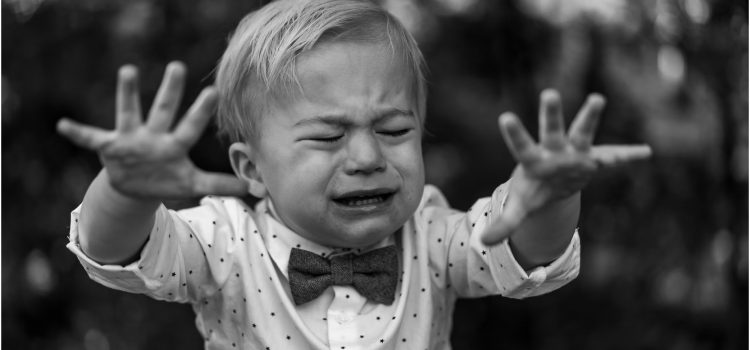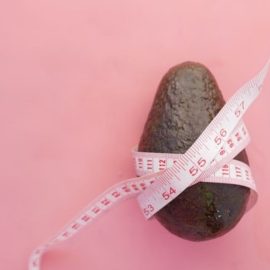

This article is an excerpt from the Shortform book guide to "1-2-3 Magic" by Thomas W. Phelan. Shortform has the world's best summaries and analyses of books you should be reading.
Like this article? Sign up for a free trial here.
Do time-outs work for children? How effective are they at achieving your real goal? Is there a better way to reach that goal?
Clinical psychologist Thomas W. Phelan considers time-outs an archaic discipline tactic. He recommends breaks instead. A break is similar to the classic idea of a time-out. But, the execution, and thus the results, are different.
Keep reading to learn why time-outs don’t work and why breaks do.
Give Kids a Break, Not a Time Out
Do time-outs work for disciplining children? Before we get to Phelan’s answer to that question, let’s set up the context. In his book, 1-2-3 Magic, he offers a counting strategy both to control your response to your kids’ behavior and to train your kids to redirect when they misbehave. Here’s how it works:
When kids start to misbehave, you say, “That’s one.” Then wait five seconds. If the child stops the behavior, you move on. However, if the behavior continues, the counting continues: “That’s two.” If the behavior continues after two strikes, your child is ‘out.’ They need to take a break for five minutes. So you say, “That’s three, take five.” ‘Take five’ represents a five-minute break where your child removes herself from the situation by going to a break area, and you both get a chance to calm down.
If your child does end up getting to three and needs to take a break, there are a few important details to remember. While time-outs are similar to breaks, Phelan points out some important distinctions. Time-outs are often simply the result of parents losing their temper and wanting their kids out of their sight, with the result being that children feel isolated and bad about themselves. Additionally, Phelan notes that time-outs often include the unrealistic stipulation that children think about the error of their ways and come out with an apology or plan.
In contrast, taking a break is meant to serve as a chance for everyone to regroup. Parents don’t act emotionally when they send their children for a break, and kids don’t have to be isolated (they could have their bedroom door open or sit in a chair in the living room, for instance). Additionally, kids aren’t expected to come up with an explanation or apology while they’re taking their break, and the slate is simply wiped clean when the break is over (no more talking about the incident).
| How Different Is a Break From a Time-Out? It’s possible that the traditional time-out isn’t as archaic as Phelan believes it is. The US Centers for Disease Control and Prevention (CDC) describes a time-out approach that might have more similarities to Phelan’s counting system than differences. Let’s compare the two. Counting down vs. giving your child a warning: According to the CDC, you should give your child a warning before putting them in a time-out. While the center recommends only one warning rather than Phelan’s two, this is still different from the time-out approach Phelan describes, in which parents put their child in time-out on the spur of the moment and out of frustration. Explaining why the child is being put in a time-out vs. not explaining: On this point, Phelan and the CDC differ. Phelan insists that you shouldn’t explain why your child needs a break, putting the onus on them to figure out better behavior. The CDC, however, counsels you to tell your child why they need a time out—but you should do this only once and avoid engaging in bickering or bargaining with your child. The location of the time-out vs. the location of the break: The CDC doesn’t stipulate that your child must be isolated during a time-out. They simply indicate that your child should be sitting in a chair, but the chair could conceivably be put in any of the places Phelan recommends. Ending a time-out vs. ending a break: The CDC also doesn’t recommend that you ask for an apology from your child. However, if your child is in time-out for a very undesirable behavior, you can remind them of the behavior you do expect. Similarly, Phelan writes that if your child’s behavior was disturbing or dangerous, you should discuss it after the break. |

———End of Preview———
Like what you just read? Read the rest of the world's best book summary and analysis of Thomas W. Phelan's "1-2-3 Magic" at Shortform.
Here's what you'll find in our full 1-2-3 Magic summary:
- A simple countdown approach for disciplining your child
- How to cultivate a warm and loving relationship with your child
- Why time-outs are ineffective and don't correct bad behavior






